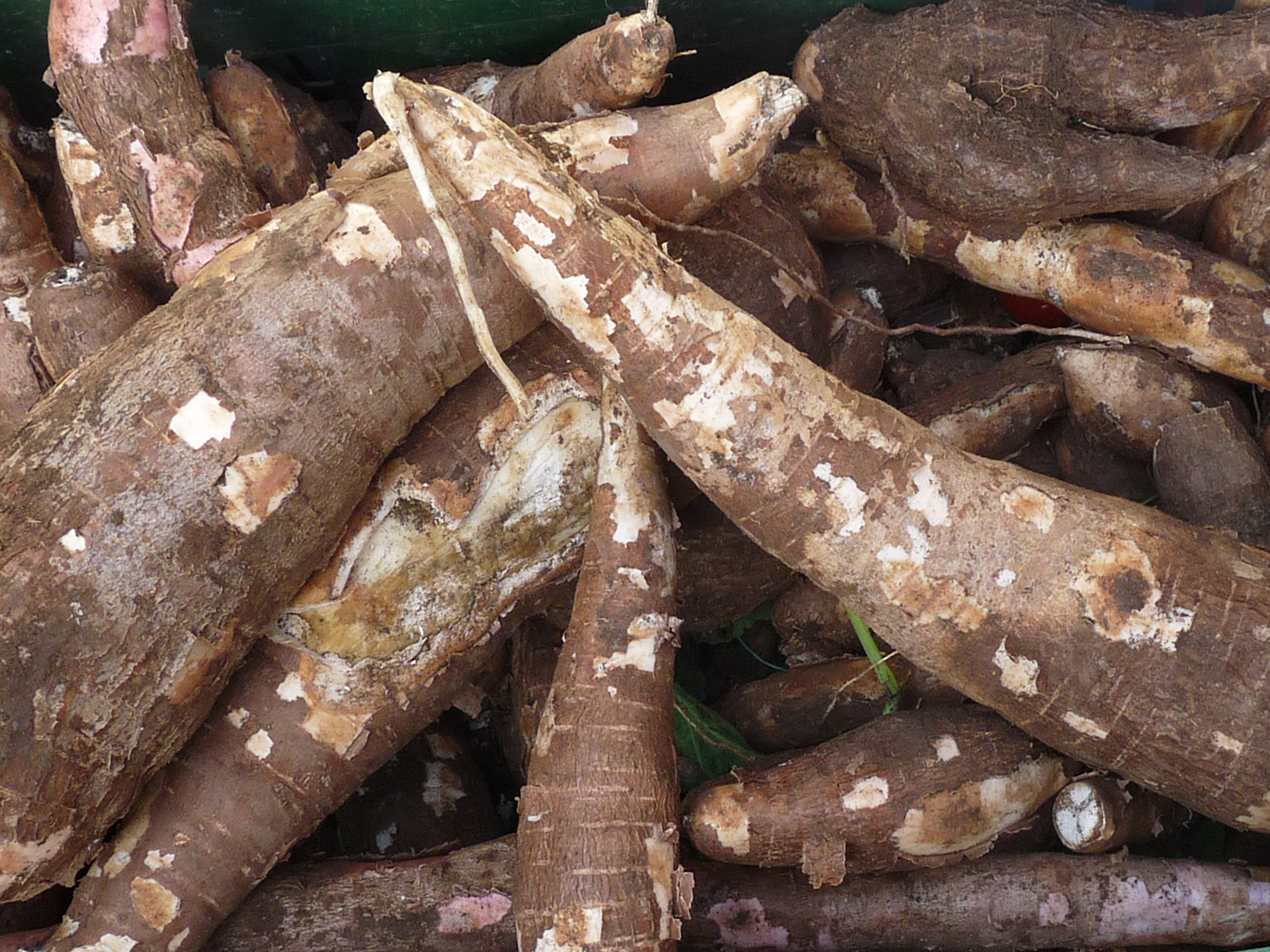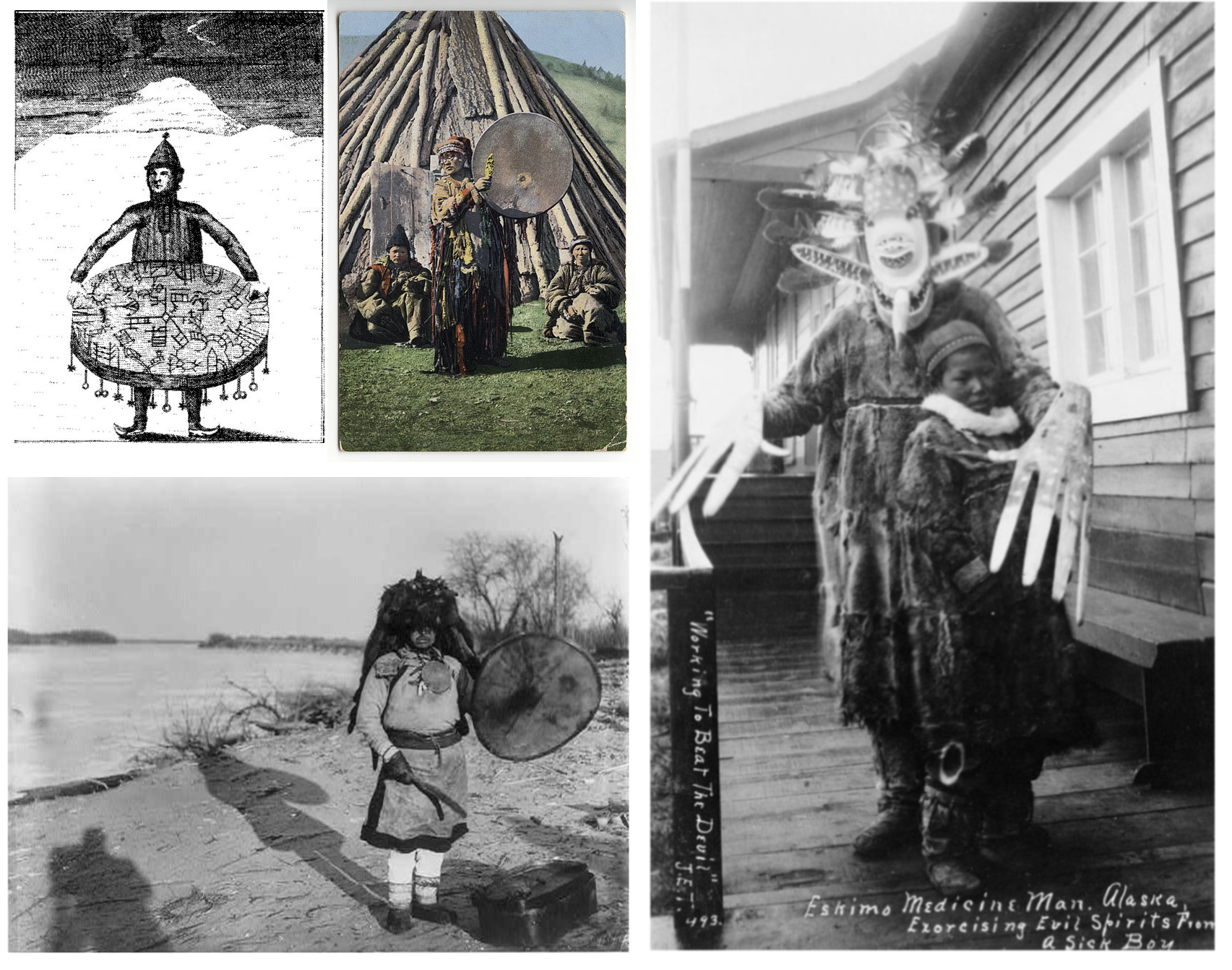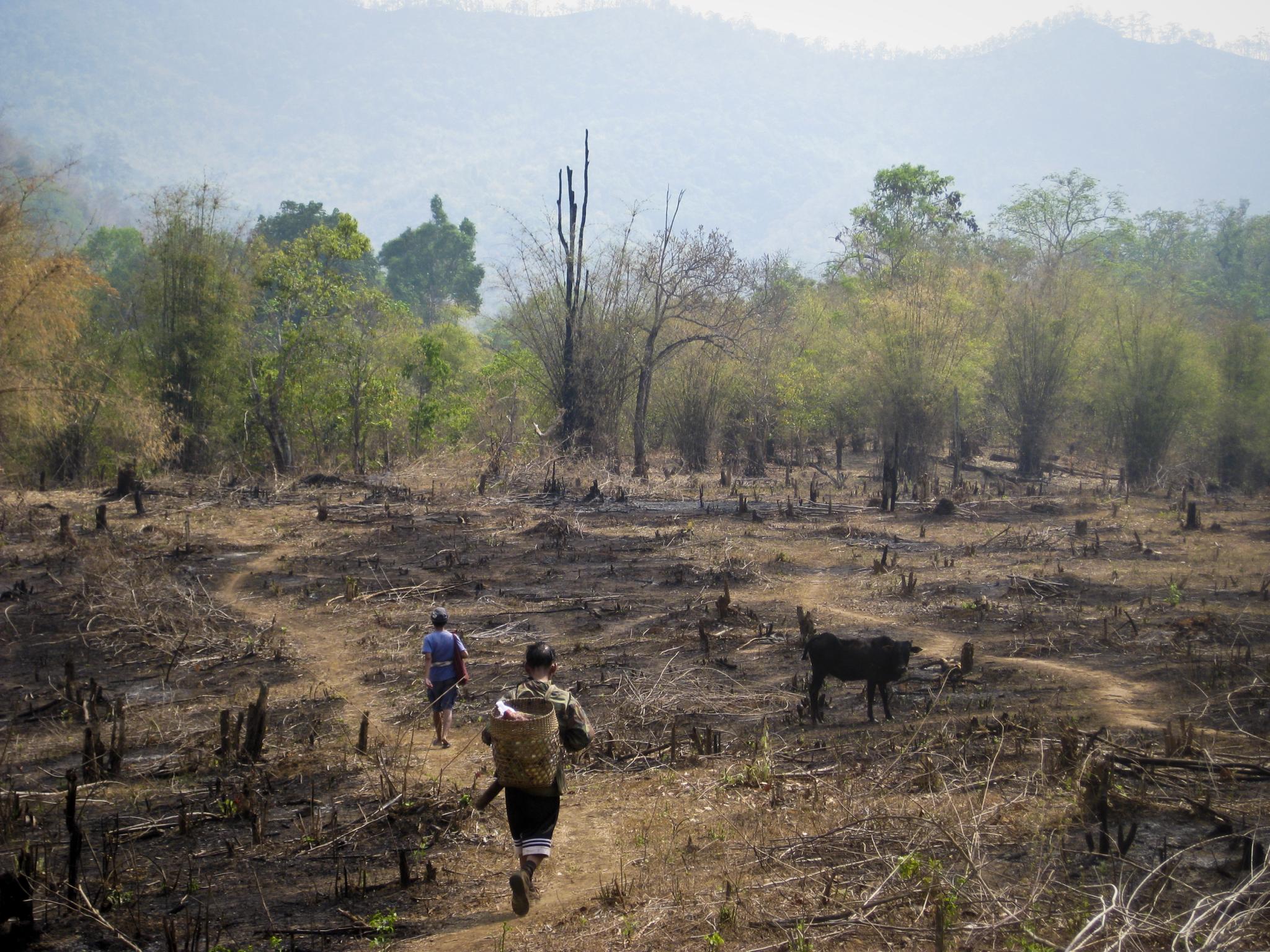|
Kayabí
The Kayabí or Kaiabi are an Indigenous people of Brazil, indigenous people of Brazil inhabiting the northern state of Mato Grosso. They primarily live in the Xingu Indigenous Park and the Indian Reservation of Apiaká-Kayabi south of Pará. There are approximately 1300 Kayabí living on the Xingu Indigenous Park. They are known by a number of names; Caiabi, Parua, Maquiri, Kawaiwete and many more romanizations of the word Kaiabi. Though residing on a reservation with 14 other indigenous groups, the Kayabi still remained very much heterogeneous. They maintained their traditional way of life, and practiced their customs unchanged for centuries. It was this longing for the preservation of culture and life that mandated the Kayabi left their native lands and seek shelter and protection. During colonial times indigenous peoples had their villages disseminated, raided and even destroyed if located on resource rich lands. Many men were killed and women forced into slavery during thes ... [...More Info...] [...Related Items...] OR: [Wikipedia] [Google] [Baidu] |
Kayabí Language
Kayabí (Caiabi; also Kawaiwete) is a Tupian language spoken by the Kayabí people of Mato Grosso, Brazil. Although the Kayabi call themselves ''Kagwahiva'', their language is not part of the Kagwahiva language. It is spoken in the Xingu Indigenous Park and Apiaká-Kayabi Indigenous Territory. Phonology Consonants /f/ can also be heard as a bilabial fricative . Vowels References External links * Lapierre, Myriam. 2018. Kawaiwete Field Materials '. Survey of California and Other Indian Languages. Tupi–Guarani languages Object–subject–verb languages Languages of Xingu Indigenous Park {{tupian-lang-stub ... [...More Info...] [...Related Items...] OR: [Wikipedia] [Google] [Baidu] |
Xingu Indigenous Park
The Xingu Indigenous Park (, pronounced ) is an indigenous territory of Brazil, first created in 1961 as a national park in the state of Mato Grosso, Brazil. Its official purposes are to protect the environment and the several nations of Xingu Indigenous peoples in the area. Location The Xingu Indigenous Park is on the upper Xingu River in the northeast of the state of Mato Grosso, in the south of the Amazon biome. It covers 26,420 square km (2,642,003 hectares, 6,528,530 acres), with savannah and drier semi-deciduous forests in the south transitioning to Amazon rain forest in the north. There is a rainy season from November to April. The headwaters of the Xingu River are in the south of the park. The area covered by the park was defined in 1961 and covers parts of the municipalities of Canarana, Paranatinga, São Félix do Araguaia, São José do Xingu, Gaúcha do Norte, Feliz Natal, Querência, União do Sul, Nova Ubiratã and Marcelândia in the state of Mato Gross ... [...More Info...] [...Related Items...] OR: [Wikipedia] [Google] [Baidu] |
Xingu Peoples
The Xingu are an indigenous people of Brazil living near the Xingu River. They are the Aweti, Kalapalo, Kamaiurá, Kayapó, Kuikuro, Matipu, Mehinako, Nahukuá, Suyá, Trumai people, Trumai, Wauja and the Yawalapiti peoples. They have many cultural similarities despite their different ethnicity and language groups. Xingu people represent fifteen tribes and all four of Brazil's indigenous language groups, but they share similar belief systems, rituals and ceremonies. Precolumbian history The Upper Xingu region was heavily populated prior to European and African contact. Densely populated settlements developed from 1200 to 1600 CE. Ancient roads and bridges linked communities that were often surrounded by ditches or moats. The villages were pre-planned and featured circular plazas. Archaeologists have unearthed 19 villages so far.Wren, Kathleen"Lost cities of the Amazon revealed."'NBC News' (retrieved 25 June 2019) Post-contact history Kuikuro oral history says Portuguese History ... [...More Info...] [...Related Items...] OR: [Wikipedia] [Google] [Baidu] |
Shaman
Shamanism is a spiritual practice that involves a practitioner (shaman) interacting with the spirit world through altered states of consciousness, such as trance. The goal of this is usually to direct spirits or spiritual energies into the physical world for the purpose of healing, divination, or to aid human beings in some other way. Beliefs and practices categorized as shamanic have attracted the interest of scholars from a variety of disciplines, including anthropologists, archeologists, historians, religious studies scholars, philosophers, and psychologists. Hundreds of books and academic papers on the subject have been produced, with a peer-reviewed academic journal being devoted to the study of shamanism. Terminology Etymology The Modern English word ''shamanism'' derives from the Russian word , , which itself comes from the word from a Tungusic language – possibly from the southwestern dialect of the Evenki spoken by the Sym Evenki peoples, or from the ... [...More Info...] [...Related Items...] OR: [Wikipedia] [Google] [Baidu] |
Shamans
Shamanism is a spiritual practice that involves a practitioner (shaman) interacting with the Spirit (supernatural entity), spirit world through Altered state of consciousness, altered states of consciousness, such as trance. The goal of this is usually to direct spirits or Energy (esotericism), spiritual energies into the physical world for the purpose of healing, divination, or to aid human beings in some other way. Beliefs and practices categorized as shamanic have attracted the interest of scholars from a variety of disciplines, including anthropologists, archeologists, historians, religious studies scholars, philosophers, and psychologists. Hundreds of books and Academic publishing#Scholarly paper, academic papers on the subject have been produced, with a peer-reviewed academic journal being devoted to the study of shamanism. Terminology Etymology The Modern English word ''shamanism'' derives from the Russian language, Russian word , , which itself comes from the wo ... [...More Info...] [...Related Items...] OR: [Wikipedia] [Google] [Baidu] |
Manioc
''Manihot esculenta'', common name, commonly called cassava, manioc, or yuca (among numerous regional names), is a woody shrub of the spurge family, Euphorbiaceae, native to South America, from Brazil, Paraguay and parts of the Andes. Although a perennial plant, cassava is extensively cultivated in tropical and subtropical regions as an annual crop for its edible starchy tuberous root. Cassava is predominantly consumed in boiled form, but substantial quantities are processed to extract cassava starch, called tapioca, which is used for food, animal feed, and industrial purposes. The Brazilian , and the related ''garri'' of West Africa, is an edible coarse flour obtained by grating cassava roots, pressing moisture off the obtained grated pulp, and finally drying it (and roasting in the case of both and ''garri''). Cassava is the third-largest source of carbohydrates in food in the tropics, after rice and maize, making it an important staple food, staple; more than 500 million pe ... [...More Info...] [...Related Items...] OR: [Wikipedia] [Google] [Baidu] |
Slash-and-burn
Slash-and-burn agriculture is a form of shifting cultivation that involves the cutting and burning of plants in a forest or woodland to create a Field (agriculture), field called a swidden. The method begins by cutting down the trees and woody plants in an area. The downed vegetation, or "slash", is then left to dry, usually right before the rainiest part of the year. Then, the Biomass (ecology), biomass is burned, resulting in a nutrient-rich layer of ash which makes the Soil fertility, soil fertile, as well as temporarily eliminating weed and pest species. After about three to five years, the plot's productivity decreases due to depletion of nutrients along with weed and pest invasion, causing the farmers to abandon the field and move to a new area. The time it takes for a swidden to recover depends on the location and can be as little as five years to more than twenty years, after which the plot can be slashed and burned again, repeating the cycle. In Bangladesh and India, the ... [...More Info...] [...Related Items...] OR: [Wikipedia] [Google] [Baidu] |
Chicken Pox
Chickenpox, also known as varicella ( ), is a highly contagious disease caused by varicella zoster virus (VZV), a member of the herpesvirus family. The disease results in a characteristic skin rash that forms small, itchy blisters, which eventually scab over. It usually starts on the chest, back, and face. It then spreads to the rest of the body. The rash and other symptoms, such as fever, tiredness, and headaches, usually last five to seven days. Complications may occasionally include pneumonia, inflammation of the brain, and bacterial skin infections. The disease is usually more severe in adults than in children. Chickenpox is an airborne disease which easily spreads via human-to-human transmission, typically through the coughs and sneezes of an infected person. The incubation period is 10–21 days, after which the characteristic rash appears. It may be spread from one to two days before the rash appears until all lesions have crusted over. It may also spread through c ... [...More Info...] [...Related Items...] OR: [Wikipedia] [Google] [Baidu] |





